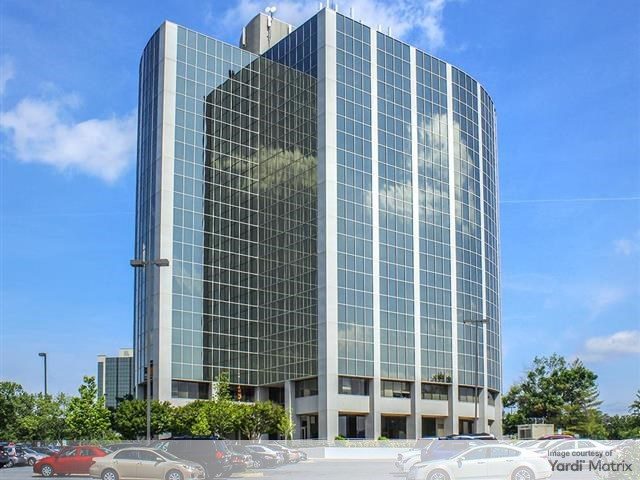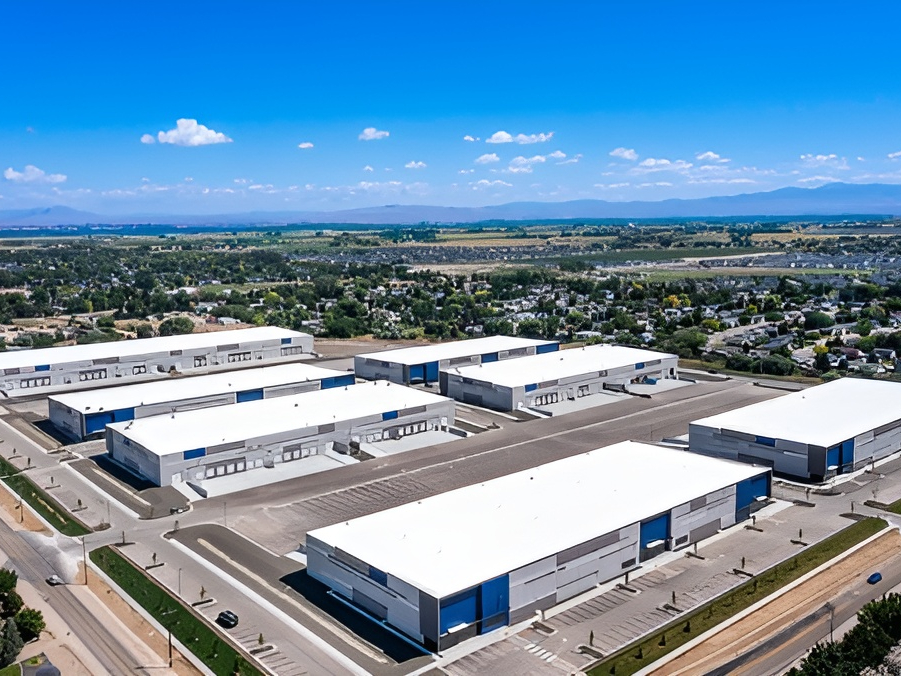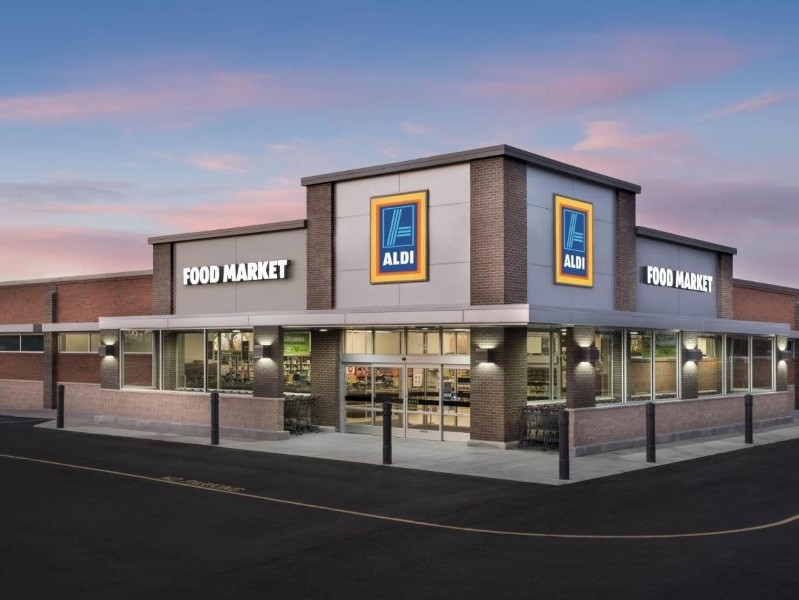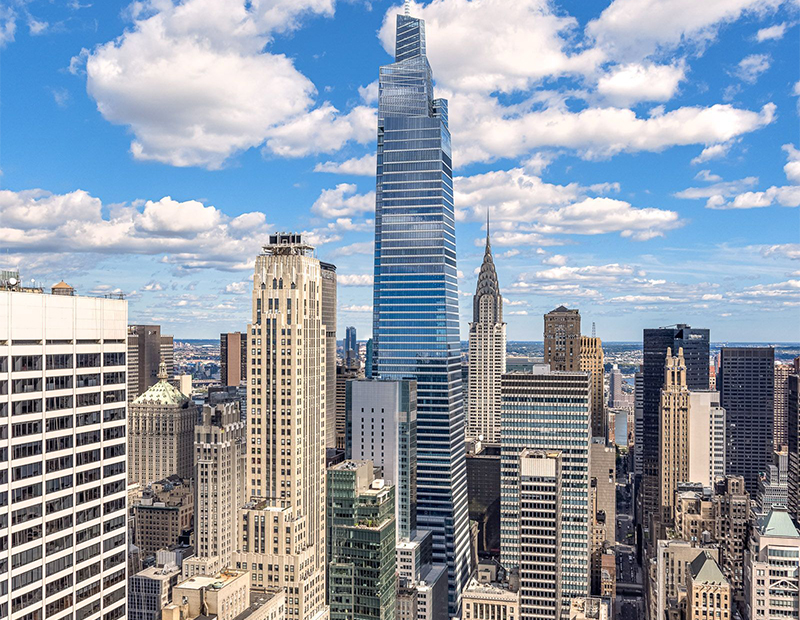Los Angeles to Remain a Tenant-Favorable Office Market
Savills’ Michael Soto and Mark Sullivan provide a detailed picture of the Los Angeles office scene.
Although COVID-19 restrictions are slowly being relaxed across California, and the overall economy is expected to head towards recovery, the Los Angeles office market still has a bumpy road ahead.

According to Savills’ latest office market report, the overall vacancy rate stood at 23.6 percent as of the first quarter of 2021, up 110 basis points over the previous quarter. While the market recorded some large leases, such as Beyond Meat’s 281,110-square-foot deal in El Segundo, demand still lags supply.
In the interview below, Savills’ Southern California-based Research Director Michael Soto and Vice Chairman & Western Region Lead Mark Sullivan dive into the specifics of the Los Angeles office market and shed light on what the future holds for the metro.
How has the Los Angeles office market performed in the first quarter of 2021? Is there anything that surprised you?
Soto: Leasing activity is still down, although tenant inquiries and tour activity are up. Availability continues to rise, especially as it relates to sublease space and more new office projects in the supply pipeline.
Usually, with availability so high—nearly 24 percent in the first quarter of 2021—we would normally expect new office development to level off, but we are not seeing that.
How do you expect office leasing activity to unfold in the upcoming quarters?
Soto: We expect leasing activity to increase but remain lower relative to pre-COVID-19, at least initially. Amongst occupiers, there are many questions about returning to the office. While some companies are getting out ahead of the market, many of them are still taking a wait-and-see approach.
READ ALSO: Top 5 Office Transactions in Los Angeles for 2020
Which submarkets are poised for a faster recovery?

Soto: The entertainment and media-focused submarkets will probably recover at a quicker pace as the economy reopens. For example, a submarket such as Burbank already has single-digit availability, which could go lower as studio production fully returns.
Most tenants are reevaluating their needs for office space and are adjusting their physical office layouts. What are some of the popular trends you are seeing, what changes are tenants making?
Sullivan: There will be a level of social distancing that will probably remain after the pandemic and the office space densification trends that we have been seeing over the past couple of decades are most likely at an end now.
Also, research from our own Workplace Strategy group has indicated that office occupiers are most interested in a hybrid-workplace model, which offers employee flexibility in where they work moving forward.
Considering the current economic environment, how willing are landlords in Los Angeles to offer flexible lease terms?
Sullivan: We think many landlords have been flexible during lockdown, offering short-term extensions to keep tenants in place as they figure out their long-term real estate plans. But with leasing activity low, and availability so high, we expect landlord concessions to remain high.
How can landlords ensure that an office building remains financially stable in this tenant-favorable market?
Sullivan: While we exclusively represent occupiers, the economic uncertainty was tough for both owners and occupiers. With office availability climbing, office landlords need to understand that tenants have many more options today than a year ago with more options coming and should plan accordingly.
What are some of the biggest misconceptions about the Los Angeles office market?
Sullivan: While LA is the home of Hollywood, entertainment is not the only driver of office space demand. For the most part, LA’s regional economic base is much more diverse today than it was 30 years ago when the aerospace/defense industry downsized after the Cold War. Prior to COVID-19, this had kept the overall market relatively healthy despite high-profile corporate headquarters relocations over the past few decades.
How do you expect the current trends to shape the Los Angeles office market in 2021 and beyond?
Sullivan: It might be a cliché, but COVID-19 accelerated a lot of underlying trends that were already apparent, especially as it relates to continued right-sizing from financial services and law firms but also growth in technology and entertainment/media.
L.A. has one of the strongest startup ecosystems in the country and is at the forefront of emerging industries such as space tourism, telemedicine, consumer tech, fintech, electric vehicles, green energy, etc. We expect companies in these industries to become the next drivers of office space demand in the near future.







You must be logged in to post a comment.